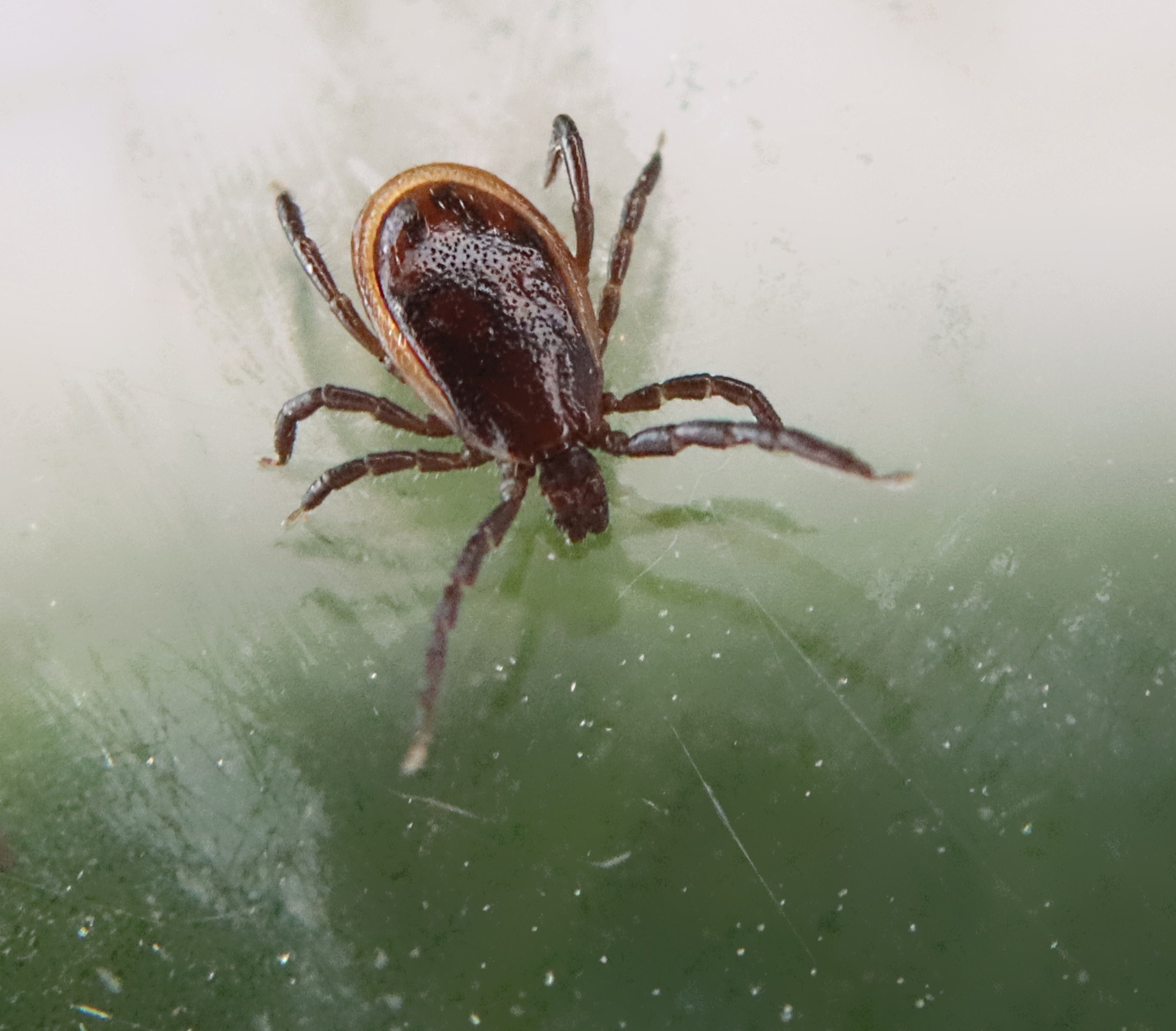Ticks in Karelia: behavior and recap of season 2020

Is it true that ticks have become more dangerous? This question of concern for many people in Karelia was answered by Head of the Laboratory for Plant and Animal Parasitology at the Institute of Biology of the Karelian Research Centre RAS Sergey Bugmyrin in a recent post by the DIAS project.
When we speak of ixodid ticks in Karelia, we primarily imply the taiga tick (Ixodes persulcatus) and the castor bean tick (Ixodes ricinus). They can be dangerous for humans as transmitters of several infections.
Bugmyrin specifies that these two species do not exactly classify as invasive alien species. They actually appeared in our region in post-glacial time, several millennia ago. Yet, considering the high epidemiological significance of these species and the fact that their distribution range has lately expanded markedly, they were included as objects in the DIAS project. Bugmyrin also commented on the widespread belief that disease transmission by ticks has become more frequent lately. According to him, this is not altogether true.
Comparing the two ixodid ticks that live in Karelia, the prevalence of encephalitis (the proportion of tick individuals carrying the infection) differs between them by more than an order of magnitude. The prevalence of the virus in the taiga tick in the wild is some 3-5%, whereas in the castor bean tick it is 0.1%. In the past, most of Karelian territory was occupied by the latter species, so tick-borne encephalitis was far rarer than now, when the taiga tick population has increased markedly. The prevalence of the virus in the taiga tick is higher.
The reason why one species is displacing the other is that, the castor bean tick is more tightly linked to humans and their farming activities. It tends to warmer and drier habitats, preferably near human settlements, in sparse deciduous forests. The presence of cattle is essential for the species Sergei Bugmyrin explains.
There used to be lots of state-owned farms and private farmsteads in Karelia. Livestock was free-ranged in pastures in the woods. This maintained the high abundance of the castor bean tick. The species expanded its range following humans. In the 1950s, in fact, it was even predicted that as agriculture in the republic develops further, the taiga tick would go extinct, and only the castor bean tick would persist. In reality, however, the opposite happened.
Summing up, Sergey Bugmyrin describes the previous season as average in terms of abundancy of ixodid ticks. Their activity peaked in the first third of June. In 2020, according to Rospotrebnadzor, 3078 people in Karelia, including 794 children, turned for medical help with tick bites. For a comparison, the numbers in the preceding year were 3779 persons, including 788 children. The first case was recorded on March 29th, near a residential building in Harlovo Village (Pudozhsky District). There were 15 cases of tick-borne encephalitis and 20 cases of the Lyme disease confirmed by laboratory tests and clinical symptoms.
Foto: Heikki Henttonen




